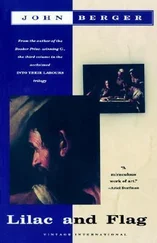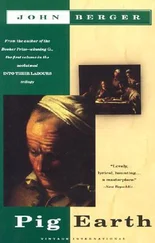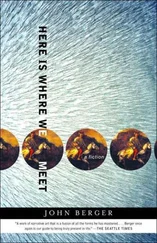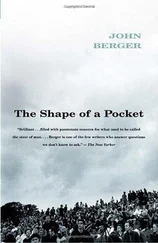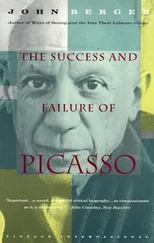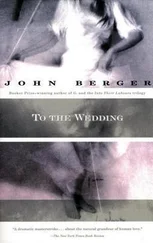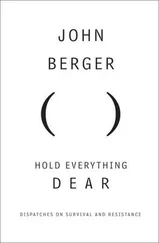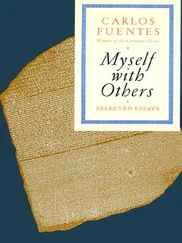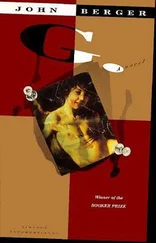All right, you may now say, I see your point: art is born out of hope — it’s a point that’s often been made before, but what has it to do with claiming social rights? Here it is essential to remember that the specific meaning of a work of art changes — if it didn’t, no work could outlive its period, and no agnostic could appreciate a Bellini. The meaning of the improvement, of the increase promised by a work of art, depends upon who is looking at it when. Or, to put it dialectically, it depends upon what obstacles are impeding human progress at any given time. The rationality of a Poussin first gave hope in the context of absolute monarchism: later it gave hope in the context of free trade and Whig reforms; still later it confirmed Léger’s faith in proletarian Socialism.
It is our century, which is pre-eminently the century of men throughout the world claiming the right of equality, it is our own history that makes it inevitable that we can only make sense of art if we judge it by the criterion of whether or not it helps men to claim their social rights. It has nothing to do with the unchanging nature of art — if such a thing exists. It is the lives lived during the last fifty years that have now turned Michelangelo into a revolutionary artist. The hysteria with which many people today deny the present, inevitable social emphasis of art is simply due to the fact that they are denying their own time. They would like to live in a period when they’d be right.
1960
For the artist drawing is discovery. And that is not just a slick phrase, it is quite literally true. It is the actual act of drawing that forces the artist to look at the object in front of him, to dissect it in his mind’s eye and put it together again; or, if he is drawing from memory, that forces him to dredge his own mind, to discover the content of his own store of past observations. It is a platitude in the teaching of drawing that the heart of the matter lies in the specific process of looking. A line, an area of tone, is not really important because it records what you have seen, but because of what it will lead you on to see. Following up its logic in order to check its accuracy, you find confirmation or denial in the object itself or in your memory of it. Each confirmation or denial brings you closer to the object, until finally you are, as it were, inside it: the contours you have drawn no longer marking the edge of what you have seen, but the edge of what you have become. Perhaps that sounds needlessly metaphysical. Another way of putting it would be to say that each mark you make on the paper is a stepping-stone from which you proceed to the next, until you have crossed your subject as though it were a river, have put it behind you.
This is quite different from the later process of painting a ‘finished’ canvas or carving a statue. Here you do not pass through your subject, but try to re-create it and house yourself in it. Each brush-mark or chisel-stroke is no longer a stepping-stone, but a stone to be fitted into a planned edifice. A drawing is an autobiographical record of one’s discovery of an event — seen, remembered or imagined. A ‘finished’ work is an attempt to construct an event in itself. It is significant in this respect that only when the artist gained a relatively high standard of individual ‘autobiographical’ freedom, did drawings, as we now understand them, begin to exist. In a hieratic, anonymous tradition they are unnecessary. (I should perhaps point out here that I am talking about working drawings — although a working drawing need not necessarily be made for a specific project. I do not mean linear designs, illustrations, caricatures, certain portraits or graphic works which may be ‘finished’ productions in their own right.)
A number of technical factors often enlarge this distinction between a working drawing and a ‘finished’ work: the longer time needed to paint a canvas or carve a block: the larger scale of the job: the problem of simultaneously managing colour, quality of pigment, tone, texture, grain, and so on — the ‘shorthand’ of drawing is relatively simple and direct. But nevertheless the fundamental distinction is in the working of the artist’s mind. A drawing is essentially a private work, related only to the artist’s own needs; a ‘finished’ statue or canvas is essentially a public, presented work — related far more directly to the demands of communication.
It follows from this that there is an equal distinction from the point of view of the spectator. In front of a painting or statue he tends to identify himself with the subject, to interpret the images for their own sake; in front of a drawing he identifies himself with the artist, using the images to gain the conscious experience of seeing as though through the artist’s own eyes.
As I looked down at the clean page in my sketchbook I was more conscious of its height than its breadth. The top and bottom edges were the critical ones, for between them I had to reconstruct the way he rose up from the floor, or, thinking in the opposite direction, the way that he was held down to the floor. The energy of the pose was primarily vertical. All the small lateral movements of the arms, the twisted neck, the leg which was not supporting his weight, were related to that vertical force, as the trailing and overhanging branches of a tree are related to the vertical shaft of the trunk. My first lines had to express that; had to make him stand like a skittle, but at the same time had to imply that, unlike a skittle, he was capable of movement, capable of readjusting his balance if the floor tilted, capable for a few seconds of leaping up into the air against the vertical force of gravity. This capability of movement, this irregular and temporary rather than uniform and permanent tension of his body, would have to be expressed in relation to the side edges of the paper, to the variations on either side of the straight line between the pit of his neck and the heel of his weight-bearing leg.
I looked for the variations. His left leg supported his weight and therefore the left, far side of his body was tense, either straight or angular; the near, right side was comparatively relaxed and flowing. Arbitrary lateral lines taken across his body ran from curves to sharp points — as streams flow from hills to sharp, compressed gulleys in the cliff-face. But of course it was not as simple as that. On his near, relaxed side his fist was clenched and the hardness of his knuckles recalled the hard line of his ribs on the other side — like a cairn on the hills recalling the cliffs.
I now began to see the white surface of the paper, on which I was going to draw, in a different way. From being a clean flat page it became an empty space. Its whiteness became an area of limitless, opaque light, possible to move through but not to see through. I knew that when I drew a line on it — or through it — I should have to control the line, not like the driver of a car, on one plane: but like a pilot in the air; movement in all three dimensions being possible.
Yet, when I made a mark, somewhere beneath the near ribs, the nature of the page changed again. The area of opaque light suddenly ceased to be limitless. The whole page was changed by what I had drawn just as the water in a glass tank is changed immediately you put a fish in it. It is then only the fish that you look at. The water merely becomes the condition of its life and the area in which it can swim.
Then, when I crossed the body to mark the outline of the far shoulder, yet another change occurred. It was not simply like putting another fish into the tank. The second line altered the nature of the first. Whereas before the first line had been aimless, now its meaning was fixed and made certain by the second line. Together they held down the edges of the area between them, and the area, straining under the force which had once given the whole page the potentiality of depth, heaved itself up into a suggestion of solid form. The drawing had begun.
Читать дальше

